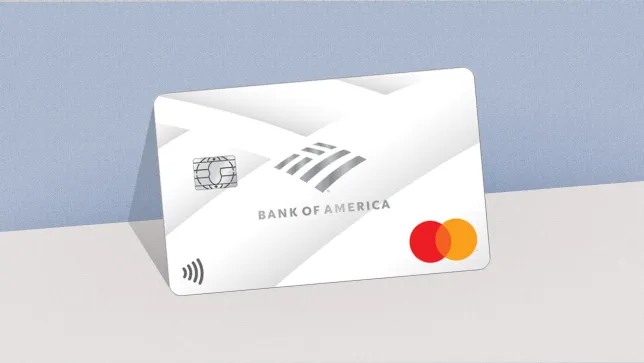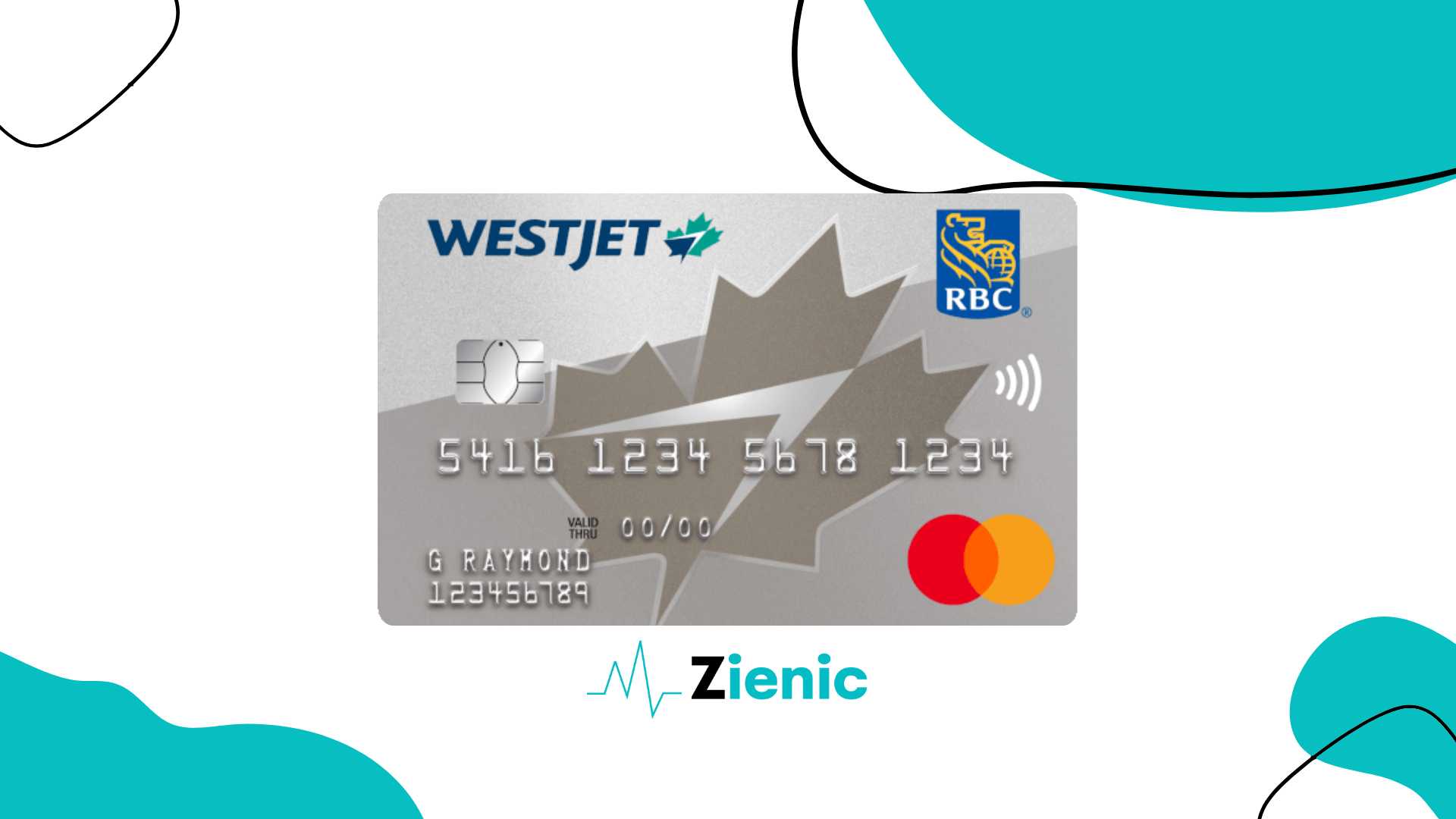A family emergency fund is more than just a savings account; it is a safeguard that brings peace of mind when unexpected situations arise. Whether it’s a sudden job loss, medical bills, or urgent home repairs, having a financial buffer ensures stability in difficult times. Without it, families may be forced into debt or struggle to cover essential needs, creating unnecessary stress during already challenging moments.
Establishing a solid reserve doesn’t need to be overwhelming. With the right strategies, discipline, and clear goals, any household can build a practical and efficient safety net. By starting small, staying consistent, and using reliable guidance from trusted sources such as Investopedia, families can create a plan that supports both their present lifestyle and long-term security.
Setting realistic goals

The first step to success is defining how much should be saved. Financial experts often recommend at least three to six months of essential expenses, including housing, food, transportation, and utilities. However, every household is unique, and the right number depends on job stability, income sources, and family size. Creating a personalized target helps ensure the fund is truly useful and not just symbolic.
To calculate a realistic goal, review monthly expenses carefully and identify which are non-negotiable. Online calculators, like those provided by NerdWallet, can simplify the process. This clear picture not only sets a measurable objective but also motivates the family to stay committed, since the savings have a specific and meaningful purpose.
Breaking it into milestones
Saving several months of expenses might sound intimidating at first, but dividing the journey into smaller steps makes it more achievable. For example, start by aiming for one month’s worth of expenses, then gradually increase until reaching the desired goal. Each milestone brings a sense of accomplishment and fuels motivation to continue.
Choosing the right place for savings
Where the money is stored is as important as the amount saved. An emergency reserve should be easily accessible but not so convenient that it gets spent impulsively. High-yield savings accounts or money market accounts are popular choices because they offer security, quick access, and potential interest earnings. Resources like Bankrate can help compare different account options.
Avoid locking these savings in long-term investments or accounts with heavy penalties for withdrawals. The purpose of this fund is immediate availability, not maximum growth. Keeping the money separate from daily checking accounts also reduces the temptation to spend it on non-urgent matters, protecting its intended use.
Automating the process
One of the most effective strategies for success is setting up automatic transfers. Treating contributions like a fixed bill ensures consistent progress without constant decision-making. Even small amounts transferred monthly accumulate over time, especially with interest. Automation also reduces the risk of skipping contributions when life gets busy.
Keep your family ready for the unexpected
Life is unpredictable, and even with careful planning, emergencies vary in scope. Regularly reviewing and adjusting the fund ensures it matches the family’s current needs. Changes in lifestyle, such as a new baby, job transitions, or moving to a more expensive city, may require higher savings.
It’s also wise to reassess the type of account periodically. Financial institutions often update interest rates and account features, meaning a better option might be available. Staying informed with credible sources like CNBC keeps families on track with the best strategies to maximize their reserves.
Protecting the fund’s purpose
Perhaps the greatest challenge is resisting the temptation to use the reserve for non-emergencies. Family vacations, shopping, or holiday gifts should never come from this account. Establishing clear rules helps maintain discipline. A good practice is to define, in writing, what qualifies as an emergency for the household. Involving all family members in these discussions ensures alignment and reduces the chance of misuse.



